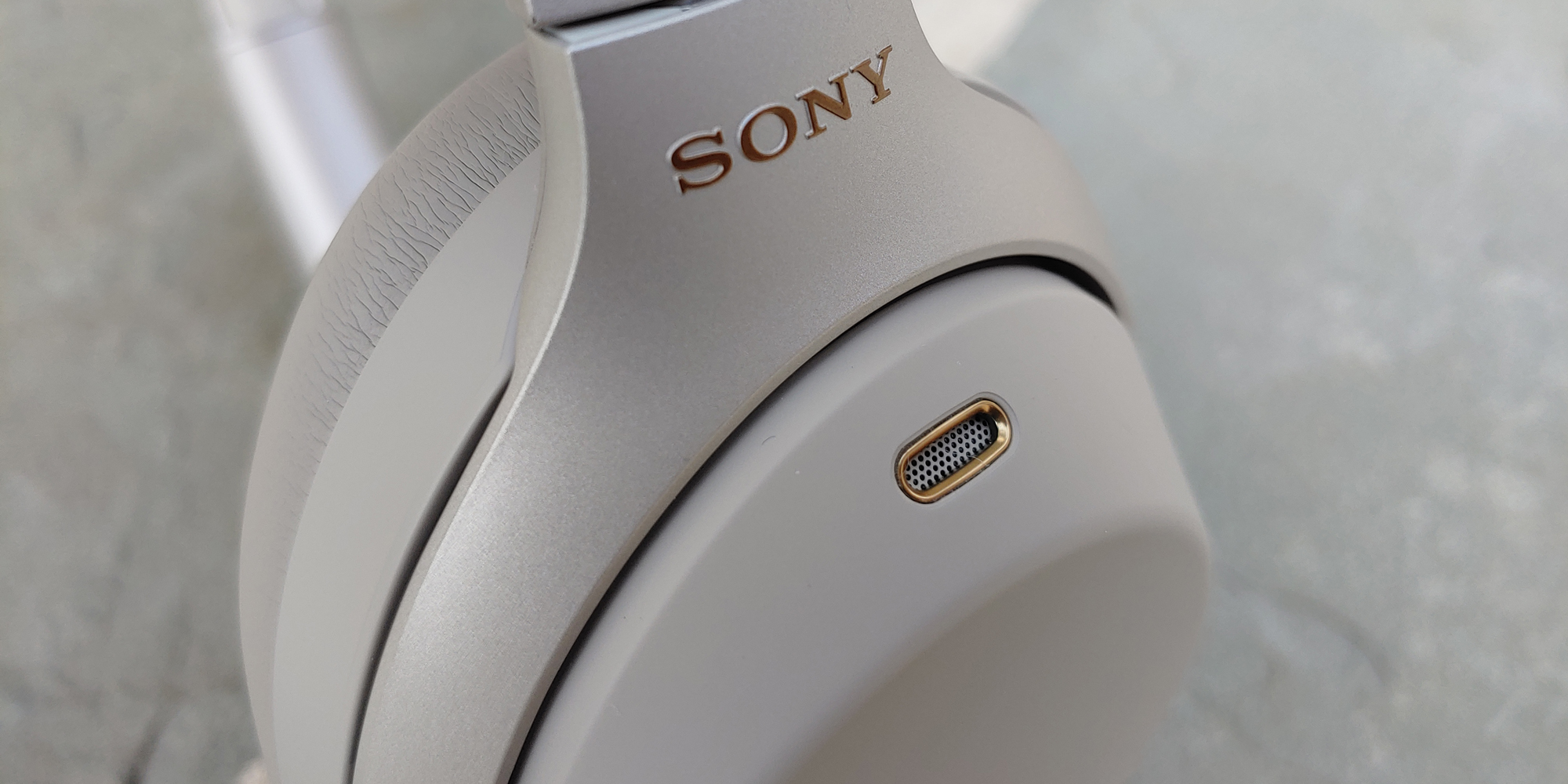- Sony’s WH-1000 series of headphones are often said to be comparable to the stalwart of wireless noise-canceling headphones, the Bose QC35 series.
- The WH-1000 XM3 headphones are very good, and they do a couple of things better than Bose.
- But there’s a potential deal-breaker in the Sony headphones for some people: They can be connected to only one device at a time.
- Visit Business Insider’s homepage for more stories.
I’ve heard a lot about these “Bose-killer” headphones from Sony, the WH-1000 XM3, so I wanted to see what all the hype was about.
Bose’s QC35 and Sony’s WH-1000 series of headphones are among the most common I see in New York. I know the Bose ones are good, so it’s no surprise a lot of people use them. And after trying Sony’s, I’m not surprised they’re popular as well.
The Sonys are undoubtedly one of the closest competitors to Bose’s heralded QC35 series of headphones, at least in the $350 range. But they’re not exactly the same.
Check out how Sony’s WH-1000 XM3 headphones stack up against the Bose QC35 II:
Design is up to you. The Bose QC35 II headphones have a classic Bose look that's perhaps a little too classic these days. The Sony XM3s have a sleeker, more modern, minimalist look.

The Bose QC35 II headphones are slightly more comfortable.

They feel lighter on your head and have softer ear and headband pads than the Sonys, and they're more comfortable as a result. The Sonys are still pretty comfortable though.
Anyone and everyone will be happy with the sound produced by both these headphones, but the Bose ones sound better out of the box.
Both headphones deliver great sound that anyone would be happy with, but I had to make a few adjustments with the Sonys to get the sound I wanted.
Out of the box, the Bose headphones sound a little better than the Sonys, at least in the way I like music to sound. I like clarity and brightness, as well as ample bass, and the Bose headphones deliver.
The Sonys sound slightly more muffled out of the box, but you can change the way they sound with the Sony headphones app, and it makes a world of difference.
In Sony's app, I changed the equalizer to the "bright" setting. Indeed, a bright sound is exactly what I like, and the Sonys nailed it.
Noise cancellation: Both are excellent, but Sony edges out a win.

After testing each pair of headphones in planes, subways, noisy New York City, and the office, I've found that both do a fantastic job of canceling outside noise, but the Sonys do have a slight edge.
Still, both headphones shocked me when it comes to just how much sound they block out. When I took either pair off my ears in the New York streets or subway, I wondered how I ever managed to stay sane without them.
Other little bits and pieces.

The Sonys use USB-C for charging, whereas the Bose headphones use the ancient micro-USB.
I'm happier to see USB-C, because that's simply where tech is going. More and more of the devices I own use USB-C, meaning I'm more likely to have a USB-C cable lying around in my bag or on my desk for charging the Sonys. For the Bose headphones, I'd have to bring out a micro-USB cable, which at this stage would serve to charge only them.
Micro-USB is slowly being phased out, and it's a shame that the QC35 II headphones are yet another relatively recent accessory that will keep you with a foot in the past.
As for battery life, Bose claims its headphones get 20 hours, and Sony claims 30 hours. I didn't notice much of a difference between the two - I just charged them when I needed to, and I never felt as if I was constantly charging either.
The controls on each headphones are OK. The Bose ones use buttons and button combinations to control your music, while the Sonys use taps and swipes on the exterior ear cups. I found the taps and swipes slightly more intuitive, but it's still not ideal. Few headphone makers - if any - have properly figured out built-in music controls.
Both headphones come with voice assistants, like Google Assistant and Amazon's Alexa. But this is a non-topic, in my opinion. I've only ever used smart assistants on headphones for quick testing, never finding a good use for them. Maybe you'll find a good use for them. Maybe you won't. At least voice assistants don't take away from the headphones.
There's one thing the Bose headphones can do that the Sonys don't, and it could be a deal-breaker for some.
You can connect the Bose headphones to two devices at the same time with Bluetooth, which was great for seamlessly switching between the connection with my phone and the connection with my computer.
Shockingly, the Sonys don't let you do that - they can be connected to only one device at a time. It was more of a hassle to switch between devices than it was with the Bose headphones.
So which pair of headphones should you get if you're looking for great sound quality, noise cancellation, and functionality?

This is a tough one.
On the one hand, the Bose headphones sound great out of the box. On the other hand, the Sonys have slightly better noise cancellation, and you can tweak the sound to your liking in the Sony headphones app, your audio-streaming app, or your phone's sound-equalizer settings.
The major thing for me is seamlessly switching between at least two devices, and that's why the Bose headphones stake their claim over my ears. For this one reason, I'd recommend the Bose QC35 II over the Sonys to anyone who wants to use their Bluetooth headphones with more than one device.
That said, if you're confident you'll use Bluetooth headphones with only your smartphone or your computer, the Sonys will make you happy.











